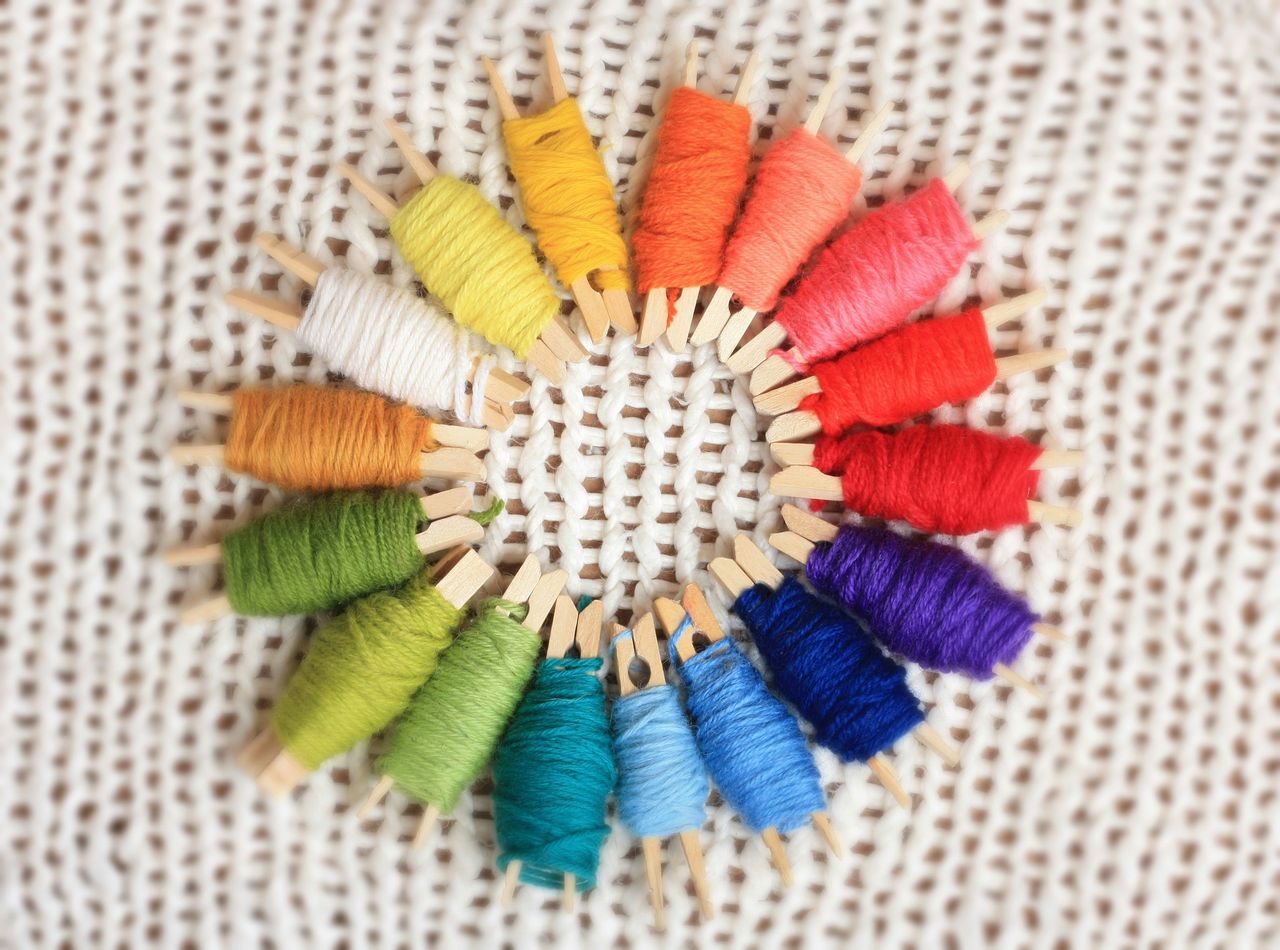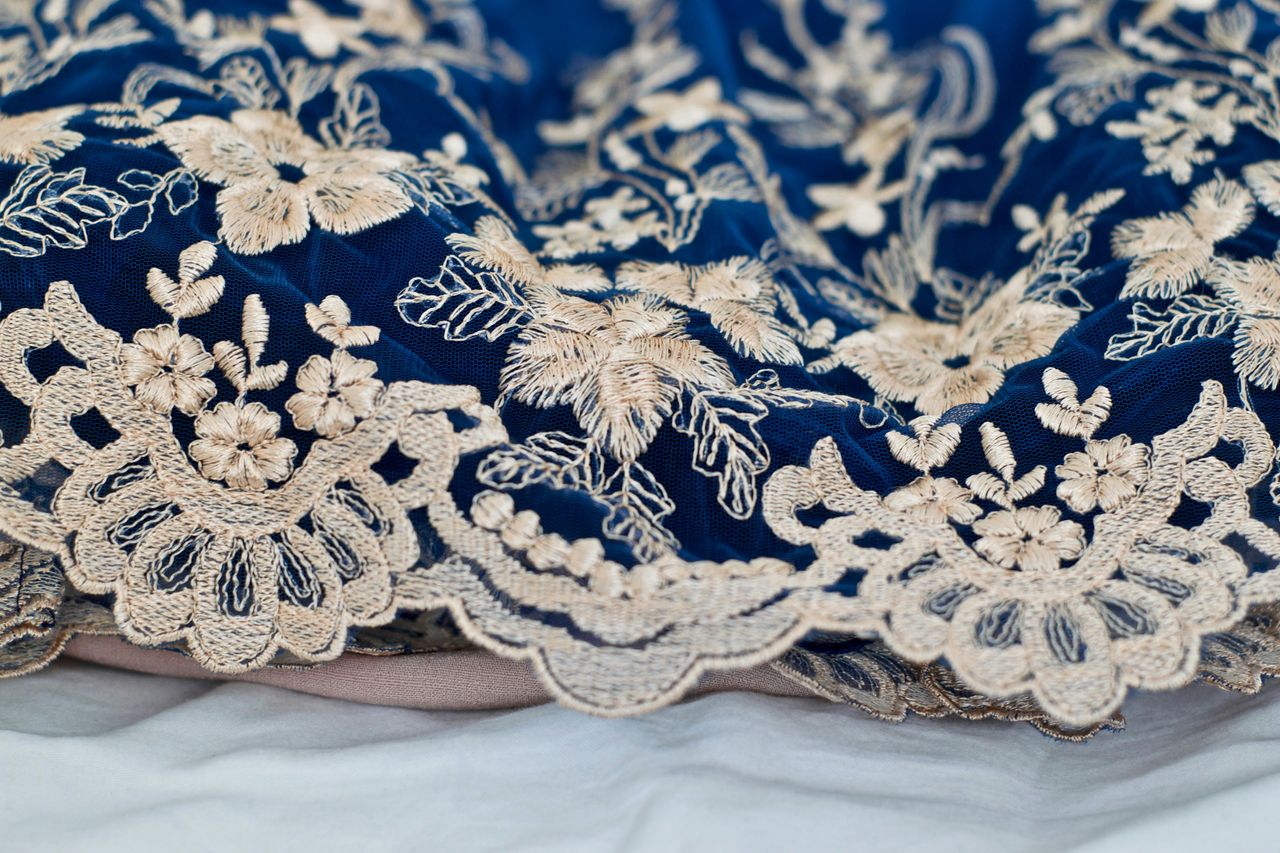Updated April 11th, 2024 at 18:53 IST
All About Textile Art And The Beauty Of Artistic Expression Through Fabric
Textile art has a long history dating back thousands of years, with a tradition of craftsmanship that has produced some of the world's most exquisite artwork.
Advertisement
Textile art includes a very diverse range of creative practices that involve the merger of fabric, thread, and other textile materials to produce visually captivating artworks. At its core, textile art involves the manipulation of fibres and fabrics to create visual and tactile compositions. From traditional hand-stitched quilts and embroidered textiles to contemporary installations and mixed-media sculptures, textile artists utilise a variety of techniques, including weaving, knitting, dyeing, printing, and stitching, to explore themes of identity, culture, memory, and social commentary.

Artistic expression through the magic of fabric
Textile art blurs the boundaries between fine art and craft, offering a rich and dynamic medium for artistic expression that celebrates the tactile and sensory qualities of textiles while pushing the boundaries of innovation and experimentation. One of the unique aspects of textile art is its close connection to cultural traditions and heritage. Across the globe, different cultures have developed their own rich traditions of textile craftsmanship, including local materials, techniques, and motifs that reflect the cultural identity and history of their communities.
Indian textile art
Indian textile art is as rich as the other art forms in the country like dance, music, painting and sculpting. From the pretty block-printed textiles of Rajasthan to the intricate hand-embroidered sarees of West Bengal, each region of India boasts its unique textile traditions, such as the ikat weaves of Odisha, the Kalamkari prints of Andhra Pradesh, and the luxurious brocades of Banaras. Indian textile art also plays a significant role in the country's economy and social fabric. It is a representation of identity, status, and tradition for generations of artisans and communities across the subcontinent.

Indian textile art also has a wide range of embroidery styles, including the delicate chikankari of Lucknow, the vibrant mirror work of Kutch, and the intricate zardozi of Delhi. These traditional embroidery techniques have been adapted and reinterpreted by contemporary artists, creating a dynamic and evolving landscape of Indian textile art that bridges the past and the present.
Advertisement
Published April 10th, 2024 at 12:54 IST